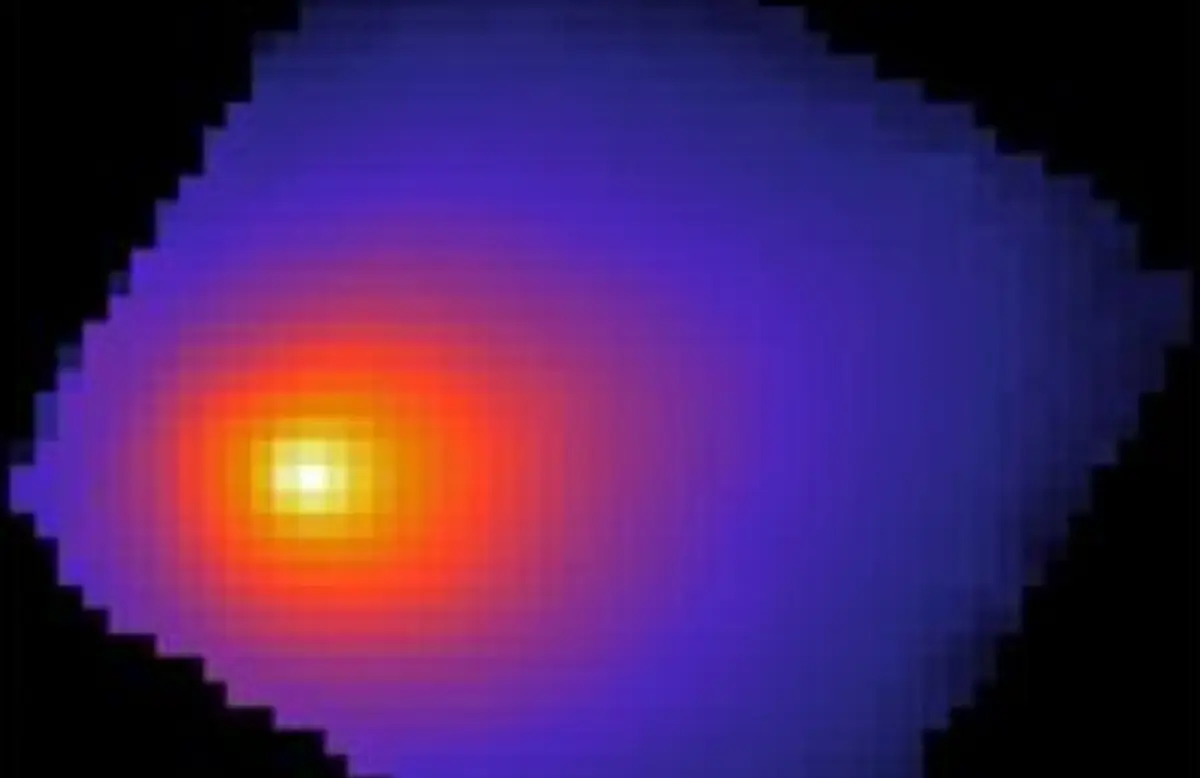Scientists track reappearance of Interstellar Comet 3I/ATLAS tail
-
 Comet 3I/ATLAS (Image via NASA)
Comet 3I/ATLAS (Image via NASA)Interstellar comet 3I/ATLAS has reestablished its tail after it was previously observed to have disappeared following its passage near the Sun.
According to the Virtual Telescope Project, new images captured on November 10, 2025, show the comet with a clear ion tail extending from its nucleus.
Earlier observations had indicated a lack of visible tail, with Harvard astrophysicist Avi Loeb stating that about 13 percent of the comet’s mass "should appear as a tail but no such tail is visible," as reported by INKL.
The recent images confirm that the comet has resumed releasing gases and dust, producing a new tail while continuing its trajectory through the solar system.
Reappearance of 3I/ATLAS tail confirms renewed cometary activity
Observations under challenging conditions
The images of 3I/ATLAS were captured at 11:31 p.m. Eastern Time on November 10 (04:31 GMT on November 11) using robotic telescopes in Manciano, Italy.
The Virtual Telescope Project stated that the observation needed 18 long exposure frames to be combined in order to get a single image.
During the observation, the comet was 14 degrees above the horizon, and the 61 percent illuminated Moon was making the sky brighter.
However, the data retrieved still reveal a very bright nucleus with a faint surrounding coma.
The ion tail extends approximately 0.7 degrees and a faint anti-tail appears to point toward the Sun, which occurs due to the projection of larger dust particles along the comet’s orbit, according to INKL.
The reappearance of the Ion tail
The ion tail of 3I/ATLAS is a result of the solar ultraviolet radiation ionizing the gases like carbon dioxide that are emitted from the comet’s nucleus.
The charged particles are pushed away from the Sun by the solar wind, thus a long, straight tail is created.
The founder of the Virtual Telescope Project, Gianluca Masi, said that the team had recorded "a much more developed ion tail" thanks to the good weather conditions during their observation.
The last disappearance of the tail had happened after the comet’s perihelion, when it did not produce a visible tail, although it was expected based on its composition and mass.
The new tail is a sign of the comet still actively releasing material as it goes on in the inner solar system.
Scientific importance of 3I/ATLAS
3I/ATLAS is only the third confirmed interstellar object to enter the solar system, following 1I/'Oumuamua in 2017 and 2I/Borisov in 2019.
Mark Norris, Senior Lecturer in Astronomy at the University of Central Lancashire, stated that:
"If confirmed, it will be the third known interstellar object... providing more evidence that such interstellar wanderers are relatively common in our galaxy."
Observations of 3I/ATLAS allow scientists to examine material from another star system directly.
The comet provides information on the composition of interstellar objects and how they respond to solar radiation and solar wind within the solar system.
Ongoing tracking and observation
NASA and the European Space Agency have indicated that they will continue monitoring 3I/ATLAS as it approaches Jupiter in March 2026.
Continuous observations are intended to track changes in the comet’s tail, coma and nucleus, providing detailed data on the sublimation of ices and the release of dust.
The renewed ion tail gives a measurable indication of these processes.
Data collected during this period will be used to compare 3I/ATLAS with previous interstellar objects and to study the behavior of material from other star systems as it interacts with the solar system environment.
Stay tuned for more updates.
TOPICS: 3I/ATLAS, 3I/ATLAS comet, 3I/ATLAS interstellar object, 3I/ATLAS observations, 3i/ATLAS recent updates, 3I/ATLAS trajectory, interstellar comet 3I/ATLAS
- YouTube removes AI-generated 3I/ATLAS videos impersonating Harvard Professor Avi Loeb
- New analysis presents unusual features documented in the 3I/ATLAS trajectory and activity
- Periodic light variability in interstellar object 3I/ATLAS linked to jet activity
- What we know so far about 3I/ATLAS: Everything understood to date